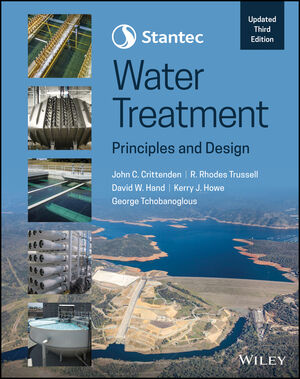EPA will seek independent reviews of both the science behind the standard and of the estimates of the costs to communities of implementing the rule. A final decision on withdrawal is expected after the public has an opportunity to comment.
She stated that there was not enough scientific evidence to justify the proposed standard's estimated $200-million annual cost to municipalities, states and industry. "I want to be sure that the conclusions about arsenic in the rule are supported by the best available science. When the federal government imposes costs on communities-especially small communities-we should be sure the facts support imposing the federal standard," Whitman explained.
Whitman denied environmentalists' charge that the decision was a favor to the mining industry. "It may sound very naeve, but I didn't even know they were one of the biggest producers," she said.
While scientists agree that the previous standard of 50 ppb should be lowered, there is no consensus on a particular safe level. Arsenic is an element that occurs naturally in several parts of the country. The highest concentrations of arsenic occur mostly in the western states, particularly in the Southwest. At unsafe levels, arsenic causes cancer, as well as other diseases.



